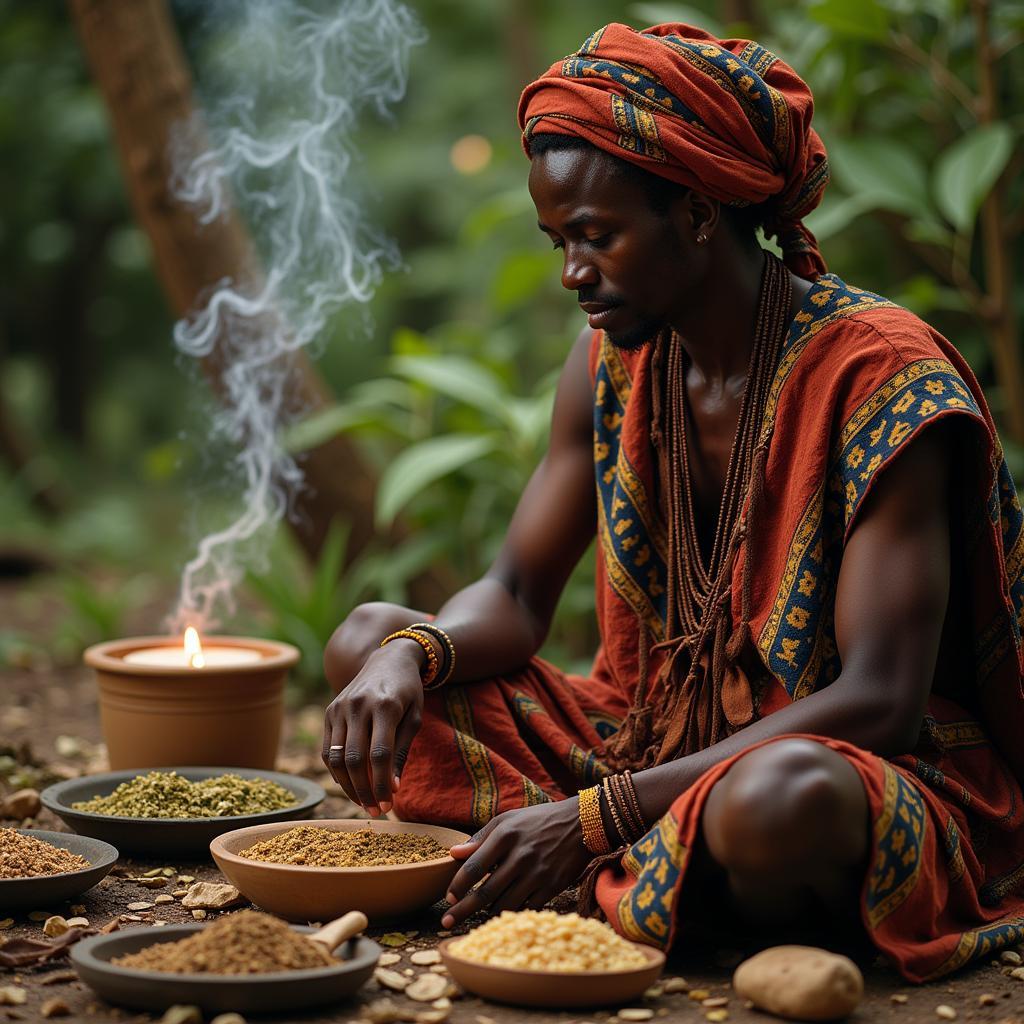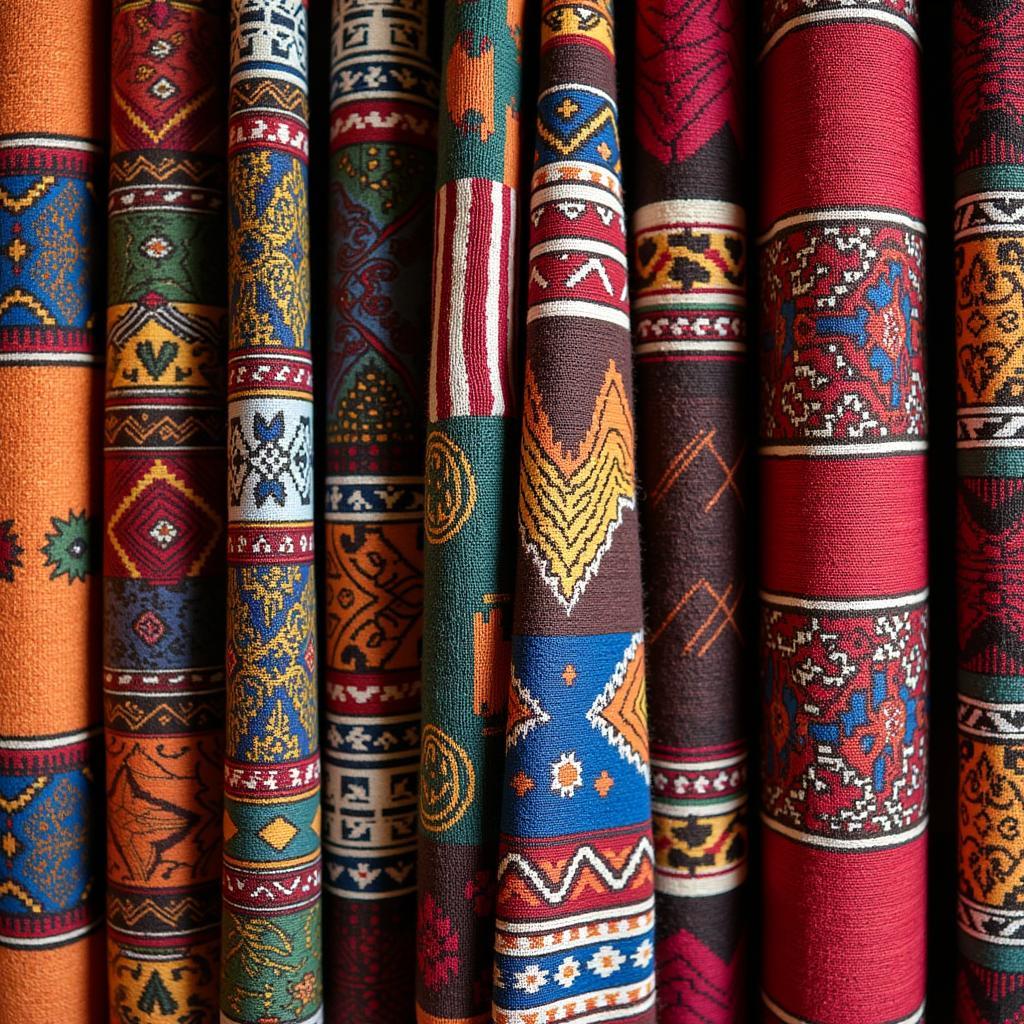The Vibrant Language of African Funeral Fabric
African Funeral Fabric, a powerful symbol of mourning and celebration of life, transcends its practical purpose, weaving together intricate stories of culture, tradition, and respect. Far from being merely cloth, these fabrics act as a visual language, communicating emotions and beliefs that words often cannot express.
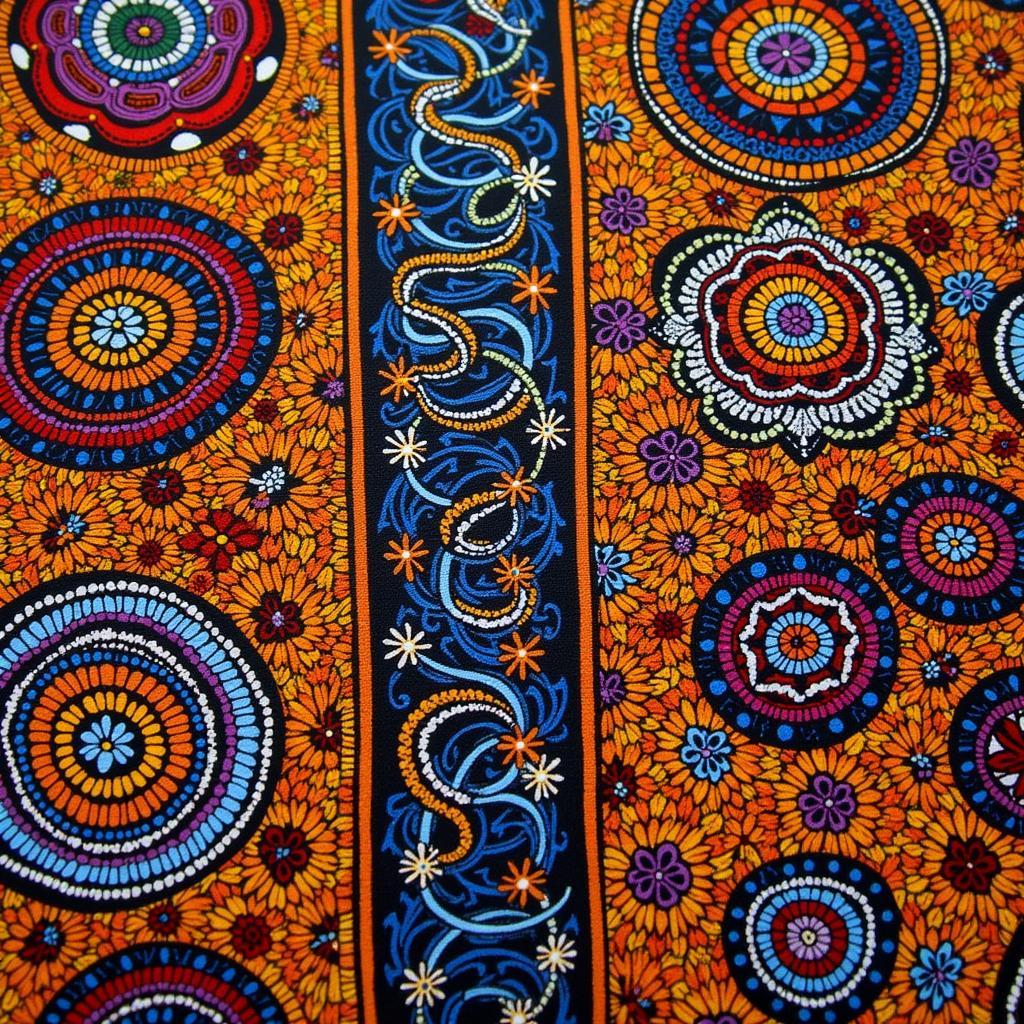 African Funeral Fabric Patterns and Colors
African Funeral Fabric Patterns and Colors
Unraveling the Significance of Fabric in African Funerals
In many African cultures, funerals are not somber occasions marked solely by grief. They are seen as a transition from the physical world to the ancestral realm, a journey deserving of vibrant celebration and remembrance. African funeral fabrics, with their bold colors and symbolic patterns, play a central role in this celebration of life and legacy.
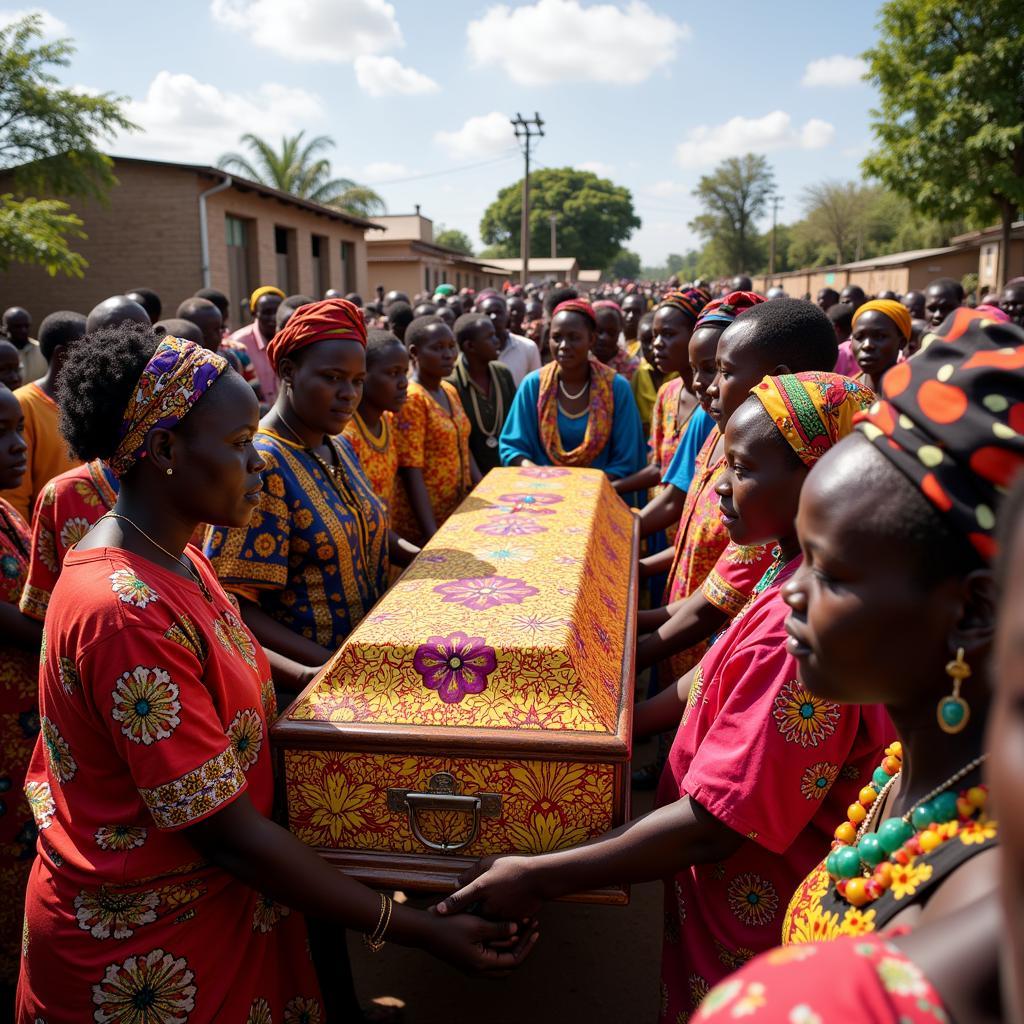 African Funeral Procession with Fabric
African Funeral Procession with Fabric
These fabrics, often draped on mourners, used as decorations, or even offered as gifts, serve several key functions:
- Expressing Grief and Respect: The act of wearing specific colors or patterns can convey the depth of one’s grief and the level of respect for the deceased.
- Honoring the Deceased: Fabrics often reflect the personality, achievements, or social standing of the deceased, serving as a visual eulogy woven into the very fabric of the ceremony.
- Unifying the Community: The shared act of wearing similar fabrics fosters a sense of unity and shared mourning, bringing together family, friends, and the wider community.
- Facilitating Transition: In some cultures, specific fabrics are believed to aid the deceased in their journey to the afterlife, acting as a spiritual guide.
african garment names are as diverse as the continent itself, with each region boasting unique styles and traditions.
A Tapestry of Colors: Decoding the Language of African Funeral Fabric
The colors used in African funeral fabrics are far from arbitrary. They hold deep cultural and symbolic meanings, each hue telling a specific story:
- Black: Often associated with mourning and loss, black can also symbolize strength, dignity, and the mystery of the afterlife.
- White: Representing purity, peace, and the ancestral spirit, white is often worn to signify a new beginning and the continuation of life.
- Red: A powerful color signifying passion, strength, and the life force, red can also represent the blood ties between the living and the deceased.
- Gold/Yellow: Often associated with royalty, prosperity, and the spiritual realm, these colors can represent the wealth of life lived and the transition to a higher plane.
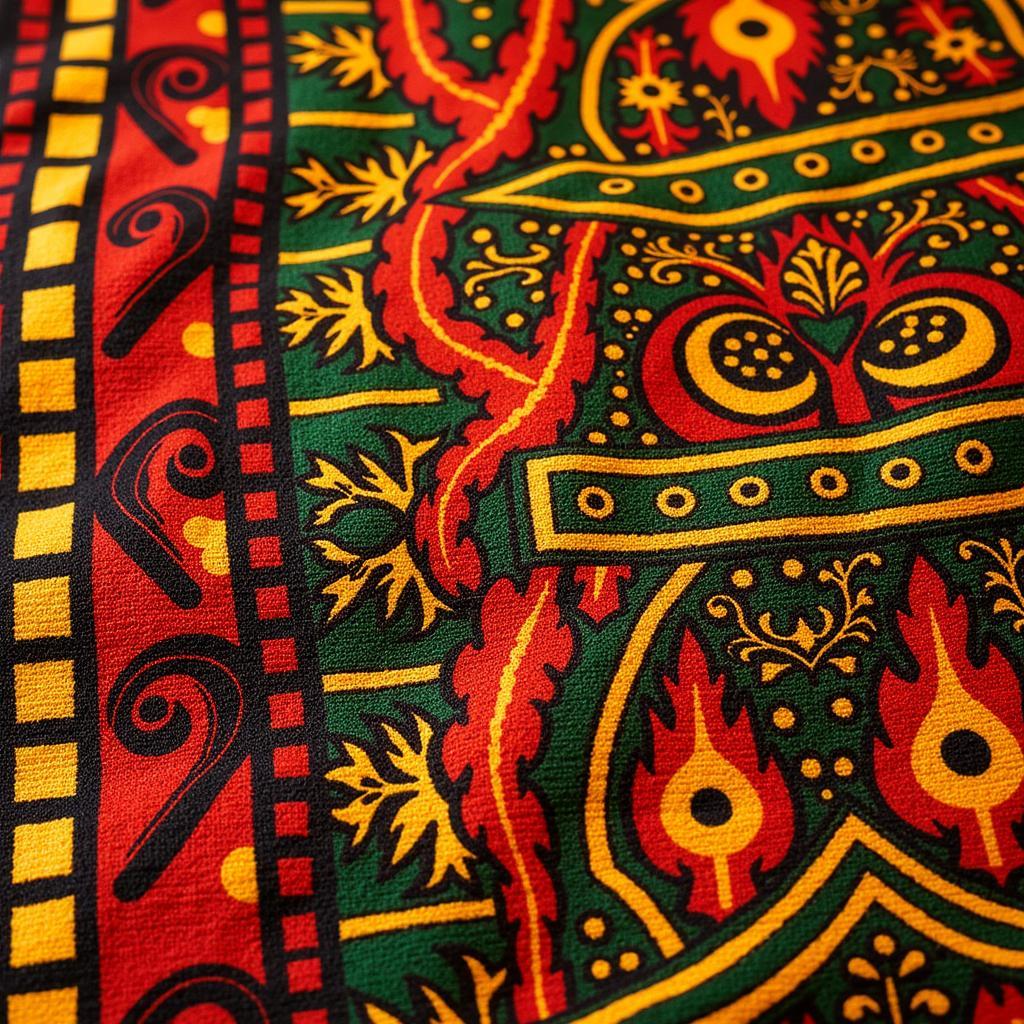 African Funeral Fabric with Symbolic Patterns
African Funeral Fabric with Symbolic Patterns
Beyond Color: Unveiling the Stories Within Patterns
Beyond their vibrant colors, African funeral fabrics often feature intricate patterns, each imbued with deep cultural significance. From geometric shapes to stylized depictions of animals and nature, these designs weave intricate narratives into the very fabric:
- Adinkra Symbols (Ghana): These symbols, originating from the Asante people, convey specific proverbs, historical events, or philosophical concepts related to life, death, and the afterlife.
- Kente Cloth (Ghana): Known for its intricate geometric patterns, Kente cloth often features colors and designs specific to certain lineages, representing social status and ancestral heritage.
- Bogolanfini (Mali): This mud-dyed fabric features bold geometric patterns that often symbolize abstract concepts like strength, protection, and the interconnectedness of life and death.
These patterns add another layer of meaning to the fabric, transforming it into a visual tapestry that tells a story unique to the deceased and their culture.
Navigating the Modern Landscape: African Funeral Fabric Today
While deeply rooted in tradition, the use of African funeral fabric is not static. Like all cultural practices, it continues to evolve, reflecting changing societal norms and global influences. Today, we see:
- Modern Interpretations: Contemporary designers are incorporating traditional patterns and colors into modern fashion, creating a dialogue between heritage and innovation.
- Global Recognition: African funeral fabric is gaining recognition beyond the continent, celebrated for its unique beauty and cultural richness.
- Preservation of Heritage: The continued use of these fabrics plays a vital role in preserving cultural heritage, ensuring that these traditions are passed down to future generations.
african banda is just one example of how these vibrant fabrics continue to play a central role in marking life’s milestones.
Conclusion: A Legacy Woven in Threads
African funeral fabric is a powerful reminder that death, while a universal experience, is interpreted and celebrated in myriad ways. These fabrics, with their vibrant colors, symbolic patterns, and rich cultural narratives, offer a unique window into the diverse traditions of the African continent. They remind us that even in mourning, there is beauty, meaning, and a profound respect for the circle of life.
FAQ
1. What are the most common colors used in African funeral fabric?
Black, white, red, gold, and yellow are among the most common colors, each carrying specific symbolic meanings.
2. Are there specific fabrics used for different mourning periods?
Yes, in some cultures, different fabrics or colors may be worn depending on the relationship to the deceased and the stage of mourning.
3. Can I purchase African funeral fabric even if I am not from Africa?
Yes, many retailers specialize in African textiles, making these fabrics accessible to a global audience.
4. What is the significance of Adinkra symbols in funeral fabrics?
Adinkra symbols are visual proverbs from Ghana that convey specific messages about life, death, and the afterlife.
5. Are there any modern interpretations of traditional African funeral fabrics?
Yes, contemporary designers are incorporating these fabrics and their symbolic elements into modern fashion, creating a bridge between tradition and innovation.
For more information on African traditions and cultural practices, explore our other articles on african grandparents ancient times and african countries in west africa.
Need assistance? Contact us at Phone Number: +255768904061, Email: kaka.mag@gmail.com or visit us at Mbarali DC Mawindi, Kangaga, Tanzania. We have a 24/7 customer support team ready to assist you.

